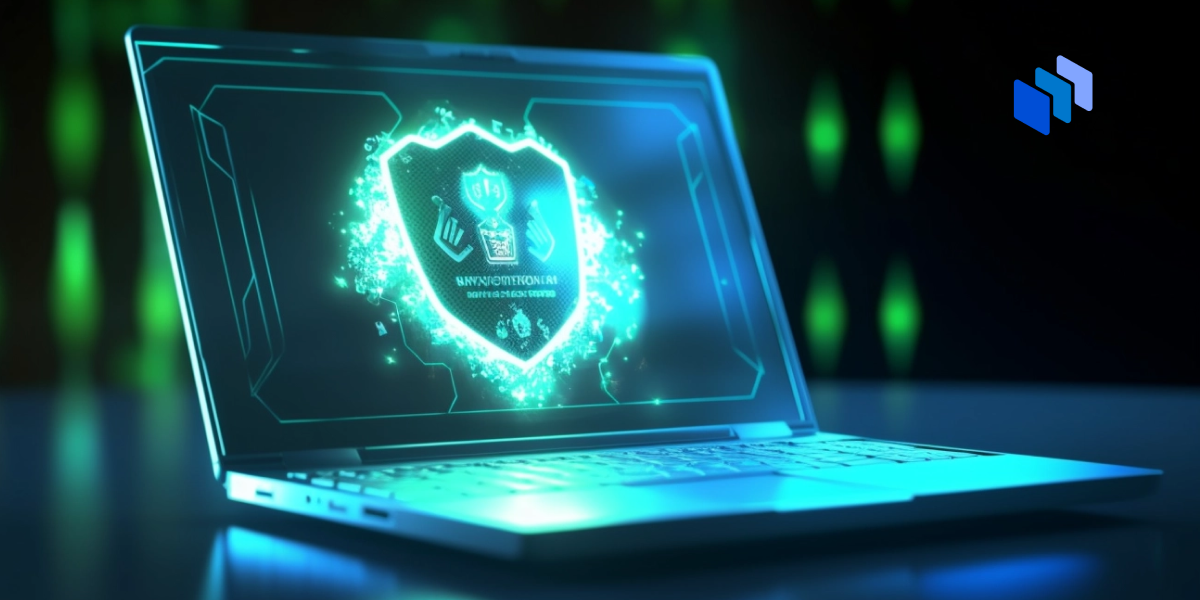All The Ways Blockchain Technology Can Reinvent Online Security
Blockchain is widely regarded as a powerful tool for financial, legal, and a wide range of other business applications. But what about security? Is it possible that the same technology that can be used to protect transactions on an open digital ledger can also protect data and infrastructure?
It turns out that it can. And what’s more, it can reimagine the entire security regimen that has evolved over the past decade, quite probably making the complex and expensive security ecosystems at most enterprises – from firewalls and monitoring platforms to anti-virus and malware solutions – obsolete.
A New Paradigm
The first thing to understand about blockchain is that it operates on a completely different footing than the existing security paradigm – one that is “less traveled and not nearly as hospitable to cyber criminals,” in the words of Infosys’ Yogesh Shelke. Despite more than $1 trillion in spending on traditional security measures over the past five years alone, hackers are still exploiting known and unknown vulnerabilities to gain access to private data and systems – primarily by intercepting device, application, and network communications.
Blockchain reduces these vulnerabilities in a number of ways:
The very nature of its architecture removes the centralized storage paradigm that is the target of most hacking attempts. Now, instead of having to break into just one hardened storage center, the bad guys need to enter thousands simultaneously, or else the alarm bells go off.
Since any member can view the ledger, whether it is a public or private chain, blockchain encrypts its data using the most advanced technologies available. This enables enterprises to secure communications, authenticate devices, validate configuration changes, and discover confidential devices in an Internet of Things (IoT) ecosystem.
Sophisticated algorithms continuously monitor the chain for suspicious actions, anomalies, and false positives without the need for a central authority. This allows all copies of the chain to keep an eye on the others so that even if one is compromised, the others will quickly identify and isolate the trouble spot.
- Unique Domain Name System (DNS)
Blockchain…


